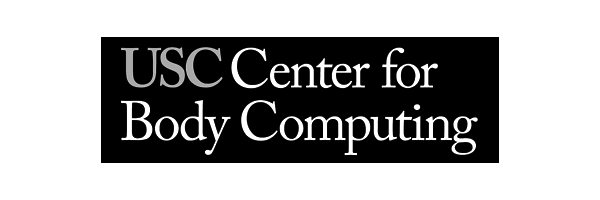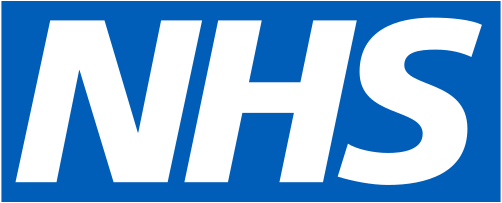
Workplace Collaboration: “Getting in Sync” vs. “Getting on the Same Page”

We've all had that experience of joy you can feel in a collaborative brainstorm session. Whether coming up with a creative new approach, a strategy shift, a problem solve. That experience in conversation with others of landing on the just right idea, the one that is far better at what you could have come to alone, is something that gives us energy and happiness at work, as well as something that delivers fantastic results for an organization.
I've spent much of my life leading collaborative, creative teams in arenas where people come from a multiplicity of disciplines. Film, Spatial Computing, Innovation, Experience Design. There's a unique moment where divergent people land on the same idea, and there's also the fantastic feeling of being challenged on your own perspective because someone else's worldview and toolkit are different. Each enriches the end result.
What surprises me, now that my main work is to lead a business, is how much that same experience of contributory conversation, imagining, challenging, dreaming, planning, problem solving is still present as we come together to grow and advance our product and our company.
As a team leader, one of the most fascinating challenges and opportunities is to think about what it takes to create the conditions for that kind of magic to happen.
Moving in sync makes us better collaborators
So here's an unexpected message. One of the things that can help is literally taking a moment to move together in sync. A movement based microbreak.
When I talk to people about this I always say there's a reason that communities dance and that armies march. There's a reason that moving and sync gives us a sense of interconnectedness and energy. It can be a lived experience that for many of us is in our rearview mirror. Perhaps it's something we have not done since preschool, or a grammar school physical PE exercise, or a dance at a wedding. But here's the truth. There is a science behind it. And the science is fascinating. Take a look.
Find Cognitive Synchrony
"The recognition that we're moving in the same way at the same time as other people heightens our awareness of being part of a group, leading us to focus less on ourselves as individuals... But rather than feeling that our individual selves have shrunk, we feel personally enlarged and empowered, as if all the resources of the group are now at our disposal."
"Behavioral synchrony- coordinating our actions, including our physical movements, so that they are like the actions of others- primes us for what we might call cognitive synchrony: multiple people thinking together efficiently and effectively... Moving in sync makes us better collaborators.
Why would that be? On the most basic level, synchrony sends a tangible signal to others that we are open to cooperation, as well as capable of cooperation.... synchrony appears to initiate a cascade of changes in the way we view ourselves and others."
The Extended Mind: The Power of Thinking Outside the Brain Annie Murphy Paul
Bodies and minds in sync
Engaging in synchronous group activities, whether it's simply tapping fingers in sync or engaging in physical exercise together, results in greater generosity, trust, and an increased sense of well-being. Synchronized behaviors such as walking together can even reduce prejudice3. When used as an icebreaker, movement microbreaks can set colleagues up for success by building a foundation of trust and connection.
Moving together builds trust, connection, and collaboration
Shared movement builds collaboration and mutual trust among team members and enhances engagement within meetings, offering an easy and effective icebreaker to break down barriers and facilitate meaningful interactions. Beyond social dynamics, the physical component of these breaks serves a dual purpose by energizing participants, making them ready to learn and focus in meetings and training sessions.
Engaging in a movement microbreak before a meeting or a training session can make employees happier and more willing to collaborate and pay attention, as well increase their energy levels. Research has shown that movement with colleagues in the workplace elevates energy levels and mood4. Movement microbreaks can even positively impact our willingness and ability to learn. Movement improves alertness, attention and motivation, while helping to build new brain cells to help you store information and boosts your ability to remember, recall and understand new vocabulary.7
Which is all to say, why not try it? Moving Minds Together, Finding sync? With the simple inclusion for some moments of motion, some movement based microbreaks, in your team's shared day.

Movement, a lifelong key
Breakthru helps jumpstart a lifelong movement practice. It’s a way to check in—to make sure we’re ready for the next opportunity or challenge. A lifetime of movement contributes to risk management and mitigation. It’s the antidote to anxiety.
Maximum wellbeing happens in groups. The most refreshed teams are the most present.
- Cerullo, M. (2022, September 30). Unnecessary meetings can cost big companies $100 million a year, report finds. CBS News. Retrieved from https://www.cbsnews.com/news/unnecessary-meetings-cost-big-companies-100-million-annually/
- Not getting much out of meetings? you may be masking your feelings too much. BPS Occupational Digest. (n.d.). https://bps-occupational-digest.blogspot.com/2013/11/not-getting-much-out-of-meetings-you.html
- Marta Zaraska, “Moving in Sync Creates Surprising Social Bonds among People,” Scientific American 323, 4, 64-69 (October 2020), doi:10.1038/scientificamerican1020-64
- Jakobsen, M.D., Sundstrup, E., Brandt, M. et al. Psychosocial benefits of workplace physical exercise: cluster randomized controlled trial. BMC Public Health 17, 798 (2017). https://doi.org/10.1186/s12889-017-4728-3
- Nancy Baym, Jonathan Larson, Ronnie Martin, “What a Year of WFH Has Done to Our Relationships at Work,” Harvard Business Review, March 22, 2021
- Paul, A. M. (2021). The extended mind: The power of thinking outside the brain. Houghton Mifflin Harcourt.
- Movement and learning. Learning Center UNC Chapel Hill. (2021, July 12).Movement and learning. Learning Center UNC Chapel Hill. (2021, July 12).
Breakthru in the World
Request a demo to learn how teams stay sharper, healthier, and more connected with Breakthru
See how science-backed, 2-minute microbreaks can boost focus, motivation, and resilience for your organization.
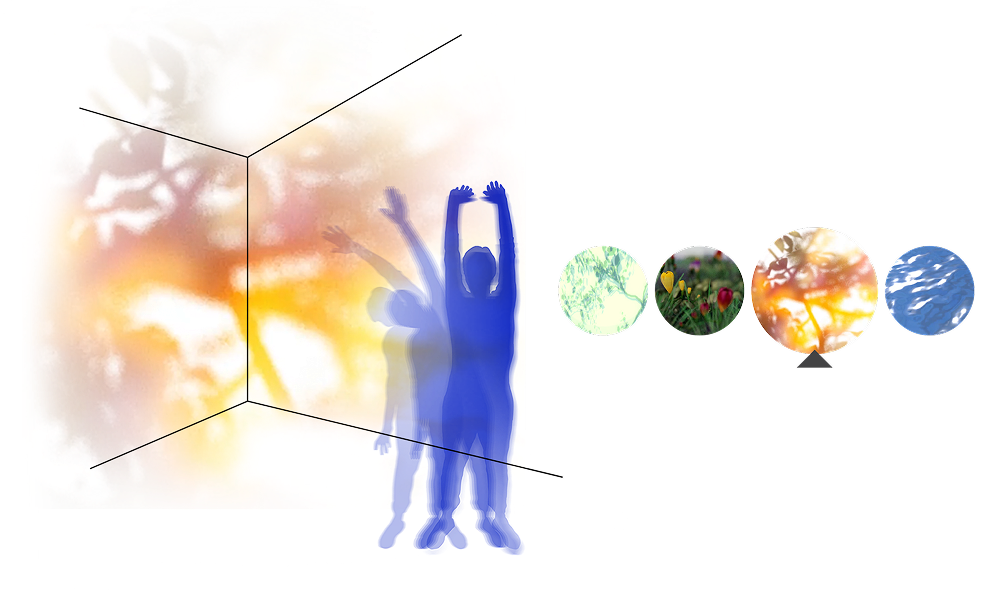
Join the
45,000+
corporations, educational
communities, and non-profits
worldwide using Breakthru.

